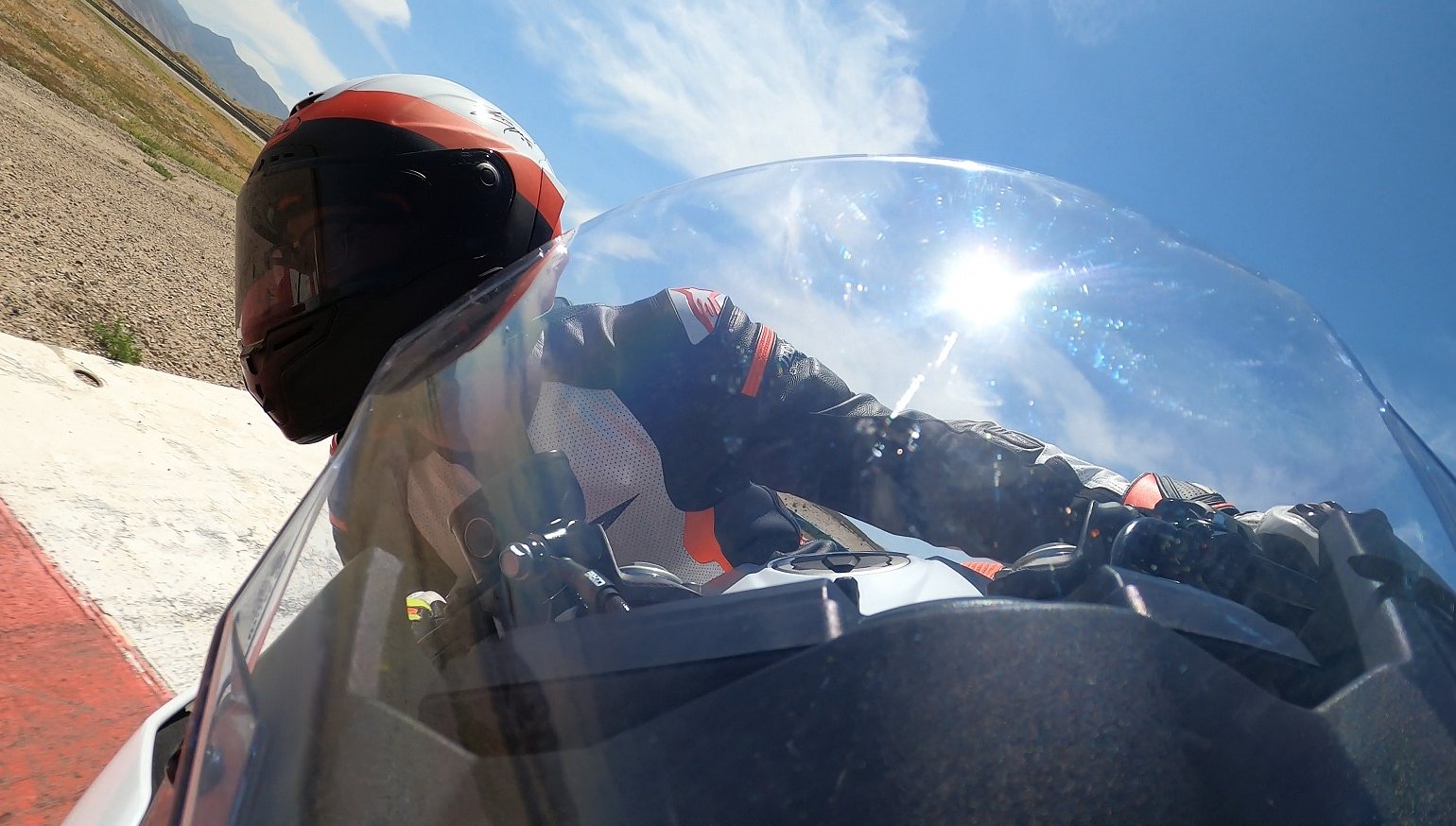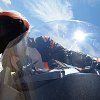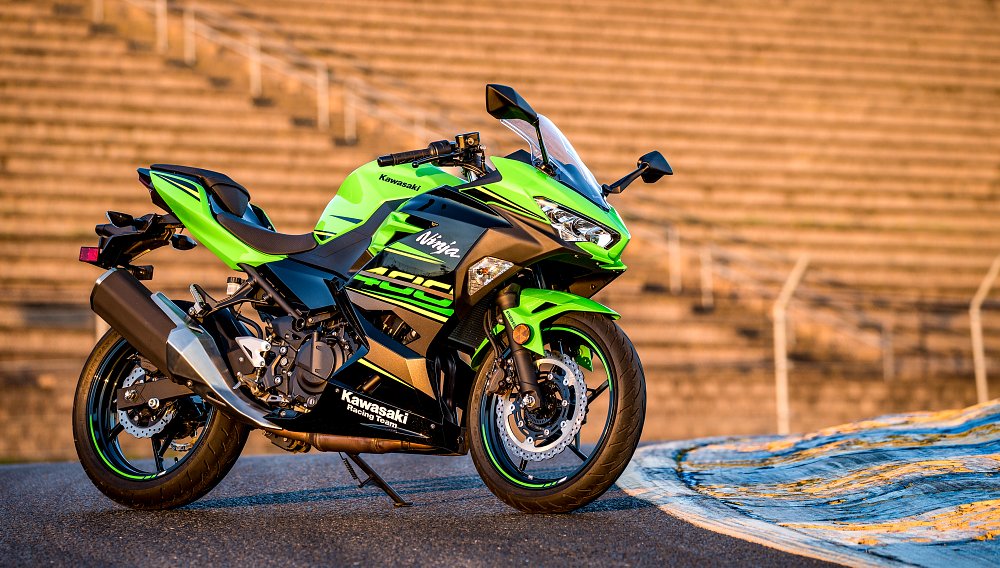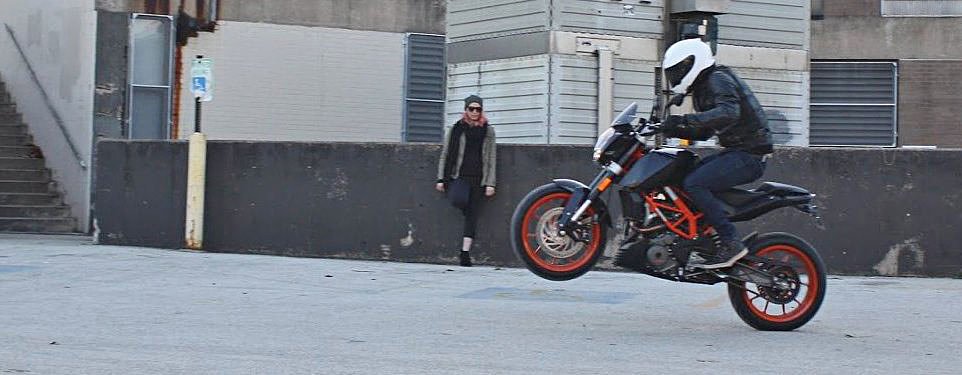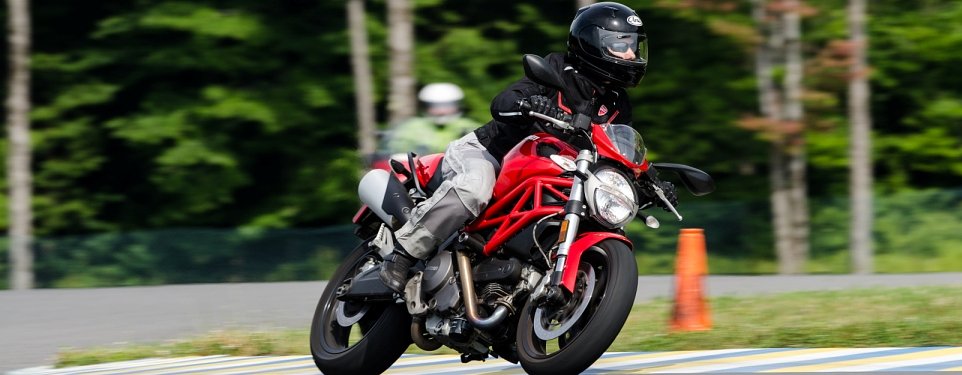My eyes move from apex to exit. My right hand twists the throttle tube as I take away lean angle, ensuring that the rear tire is loaded before I ask it to really work.
As the bike stands up, I can feel all 82 foot-pounds of torque from my Yamaha MT-10 pushing me forward. The bike rockets down the short straight between Turn 6 and 7 of the East track at Utah Motorsports Campus. As that sweet feeling of acceleration presses against my gut, I am smiling under my helmet.
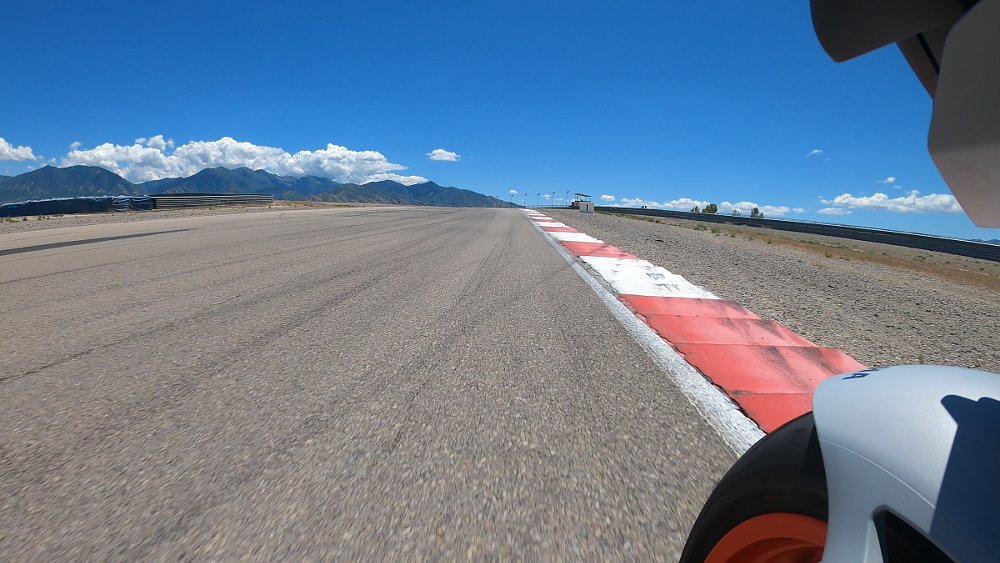
In terms of power-to-weight ratios, the MT-10 falls in between the Ferrari LaFerrari and the Koenigsegg CCXR supercars. The bike is an absolute riot on the race track, and every twist of the throttle makes me giggle. I fell in love with the MT-10 at the Yamaha Champions Riding School and promptly purchased one. I have been daily riding it for a year and a half, including roughly 1,000 miles of track use.
Earlier this summer, I decided that I wanted to get into racing. That decision prompted weeks of phone calls, emails, and conversations with people like Roger Hayden, Ken Hill, Nick Ienatsch and Chip Spalding about which direction to go. I had one requirement that began each conversation: “I want to race a little bike.” I chose to purchase a new Kawasaki Ninja 400.
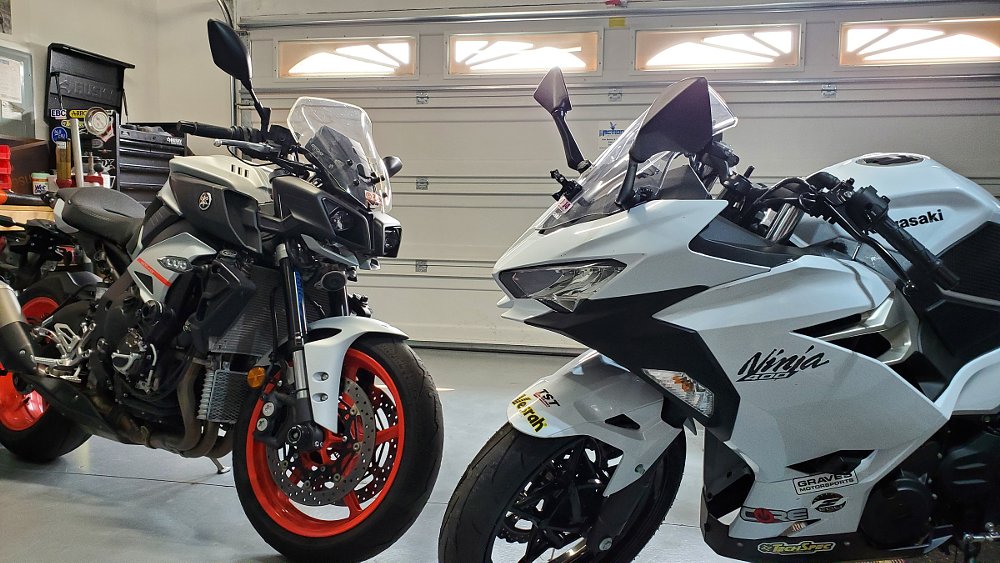
In terms of power-to-weight, I went from a Koenigsegg to a Honda Civic. Not even the cool Type R, just the normal sedan that middle-aged men with iron deficiencies drive to the parking garage underneath their cubicles.
Raise your hand if you would love to drive a Koenigsegg CCXR around a race track. Now put it down if you honestly believe you are not ready to use all that car’s power safely. My hand went down. Yours probably did too. Why? Maybe because the possibility of crashing a $4.8 million car is a little too much risk. But why are we concerned about crashing it in the first place? Answer: power. It is a wildly powerful car. And yes, 806 horsepower is more than the MT-10’s 158 — but the power-to-weight is almost identical.
So why do we say, “Oh, that car is way too powerful for me to handle,” but we insist on chasing horsepower numbers on motorcycles? Perhaps we want to make a statement. The Ducati Superleggera sure makes one. Or perhaps we want to be the fastest rider in our respective groups. There is no shame in admitting it.
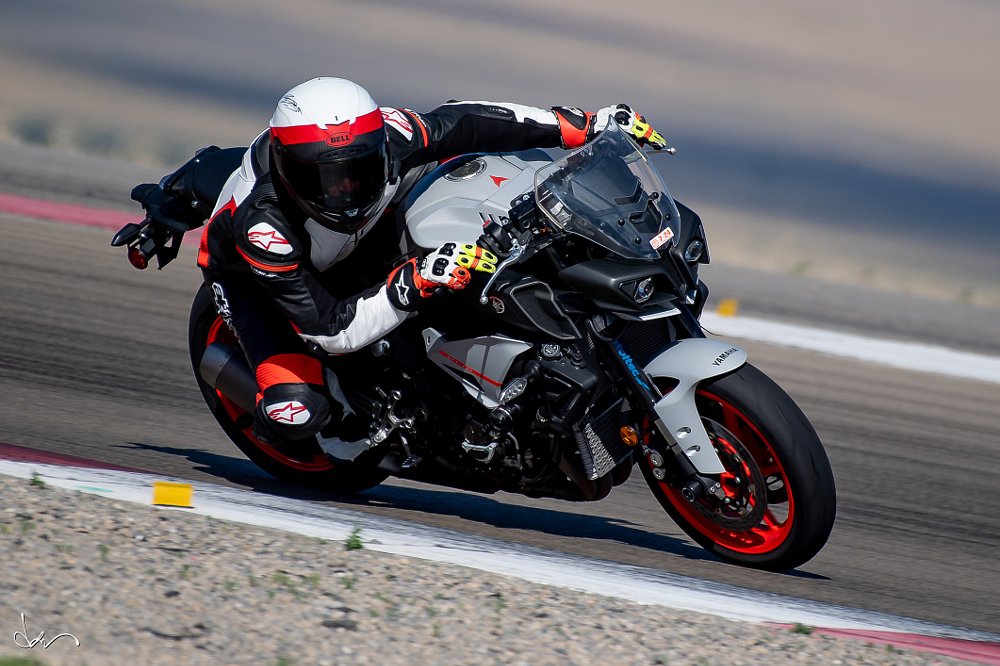
So why did I give up the power, statement making, and the giggle factor by jumping to the Honda Civic of the motorcycle world? Simple: A desire to be a better rider.
About a year ago, my wife brought home a Yamaha YZF-R3. While the ergonomics and my six-foot-tall frame did not agree with each other, the light, agile bike showed me that my beloved MT-10 was hiding a great many flaws in my riding. Flaws that would be dangerous as my pace increased. My lower body movement was abrupt, my corner entry was too rushed, my acceleration out of the corner was unreasonably delayed, etc. I was determined to solve these issues. My goal is to ride like Dani Pedrosa: clinical precision, lap after lap. I cannot ride like Dani if I have no clue what bad habits are being masked by good electronics, weight, or power.
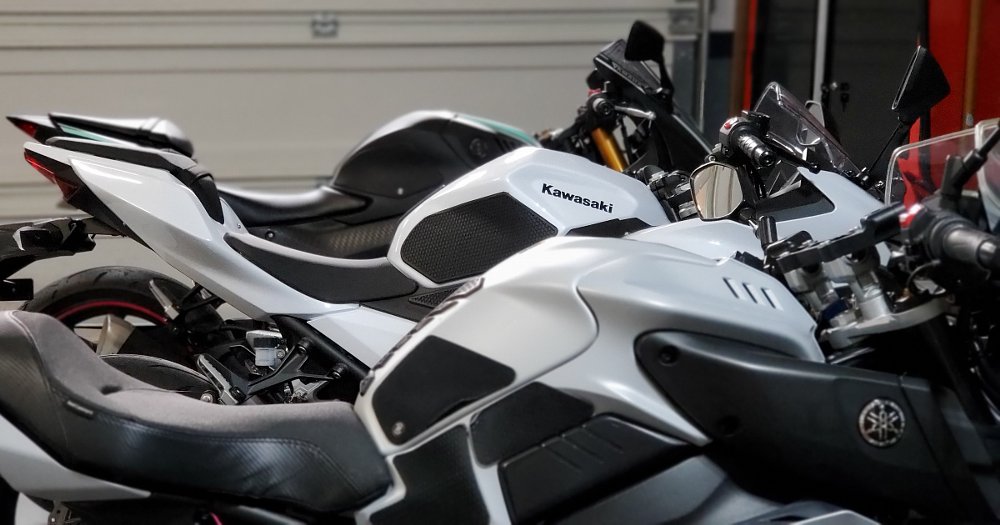
I went to a Champ School program last June at the Ridge and had the privilege of picking Roger Hayden’s brain about little bikes. Roger was running around on a stock R3, flying by ZX-10Rs and R1s during some open lapping.
Roger told me he loved riding the little bikes because he was able to ride at the limit with more time to react and thus less risk because everything happens slower on a little bike. Riding at 99 percent of a Ninja 400’s ability allows for more reaction time than riding at 99 percent on an R1M. Even an R6 is capable of tremendous speeds between corners — reducing the available reaction time. Reaction time equals safety on both the race track and the street. Speed limits and following distance laws exist for this reason.
While speed limits typically induce frowns, the Ninja produces only smiles. A week after driving across Idaho to bring home the Ninja, I rode UMC East once again, this time on the new bike. By the end of the first session, I was completely satisfied with my decision to exchange power for ability. While I could not giggle from the MT-10's punch of torque, I was grinning from ear to ear because I was learning.
The Ninja forced me to be a better rider immediately. The lightweight frame did not tolerate abrupt movement. Lacking the MT-10’s torque meant I did not have the power to really pull out of a corner, but there was a solution: ChampSchool teaches “lighter, longer” braking: less brake pressure, but braking for a longer distance. That lesson’s "lightbulb moment” clicked on like a security floodlight. I was no longer over-slowing corner entry, meaning I didn’t need lots of power to put in a good lap time.
Best of all, I was no longer rushing corner entry. Because I was not reaching triple digits between every corner, I had time to mentally and physically prepare for each bend. I was able to identify markers earlier and move my eyes more effectively. The learning ended up cascading: Because I had more time to process the information that my eyes were gathering, I could take corners faster and more confidently each lap. Because I was more confident, I was having more fun. As I pulled into the garage after the first session, I was immediately greeted with, “So how was it?” My response: “That was the most fun I’ve had on a bike in my life.”
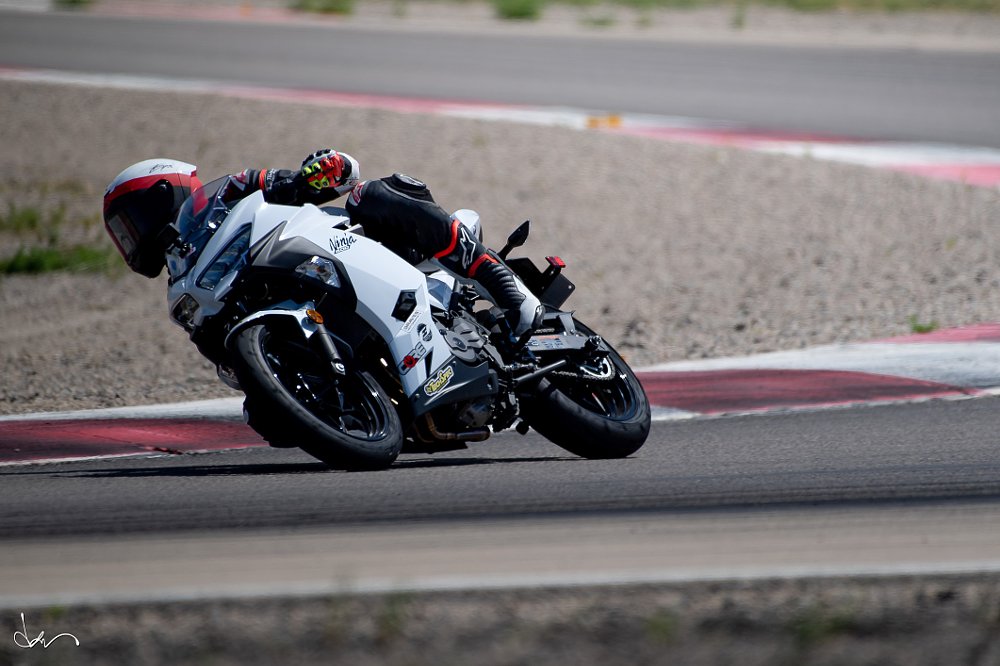
Over the remainder of the day, the learning and fun continued. By mid-afternoon, my wife decided to time my laps. I was four seconds faster on the Ninja than I was on the MT-10 and my splits were within a second. I was blown away. I thought for sure my lap time would be slower: I was on a slower bike, learning new lines and a new style of riding. Even better was what one of the coaches said to me a few minutes later: “Hey man, you need to bump up to A Group.”
I had achieved my 2020 riding goal of reaching A Group by trading power for learning.
As it turns out, that trade was a heck of a deal. I am excited to get back to the track in two weeks and continue learning, growing, and smiling. I want to learn to understand the feedback from the bike, react to it properly and quickly, and become a faster, safer rider. Once I can ride at the limit of the 400, I will move up to a bigger bike and start the learning process over again.




